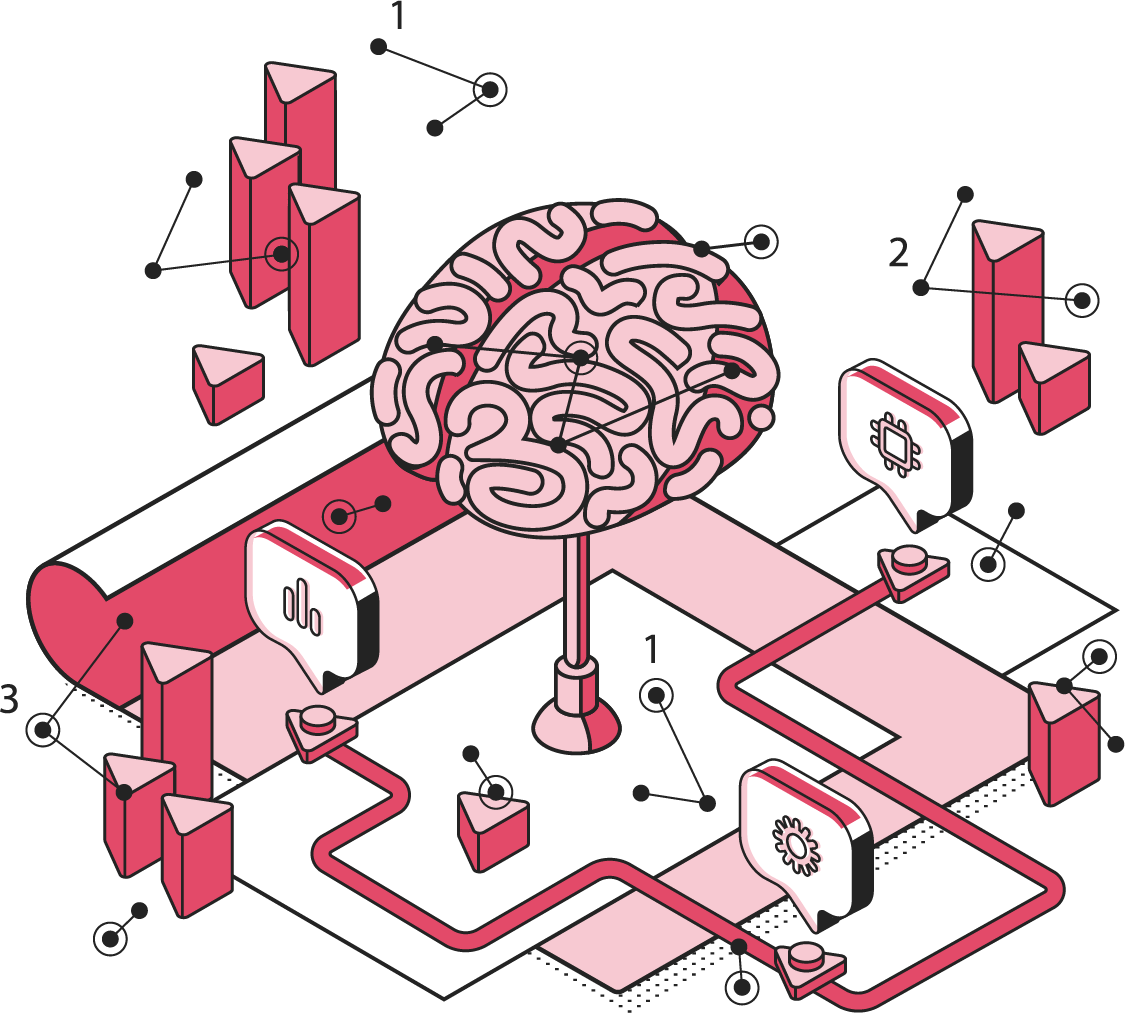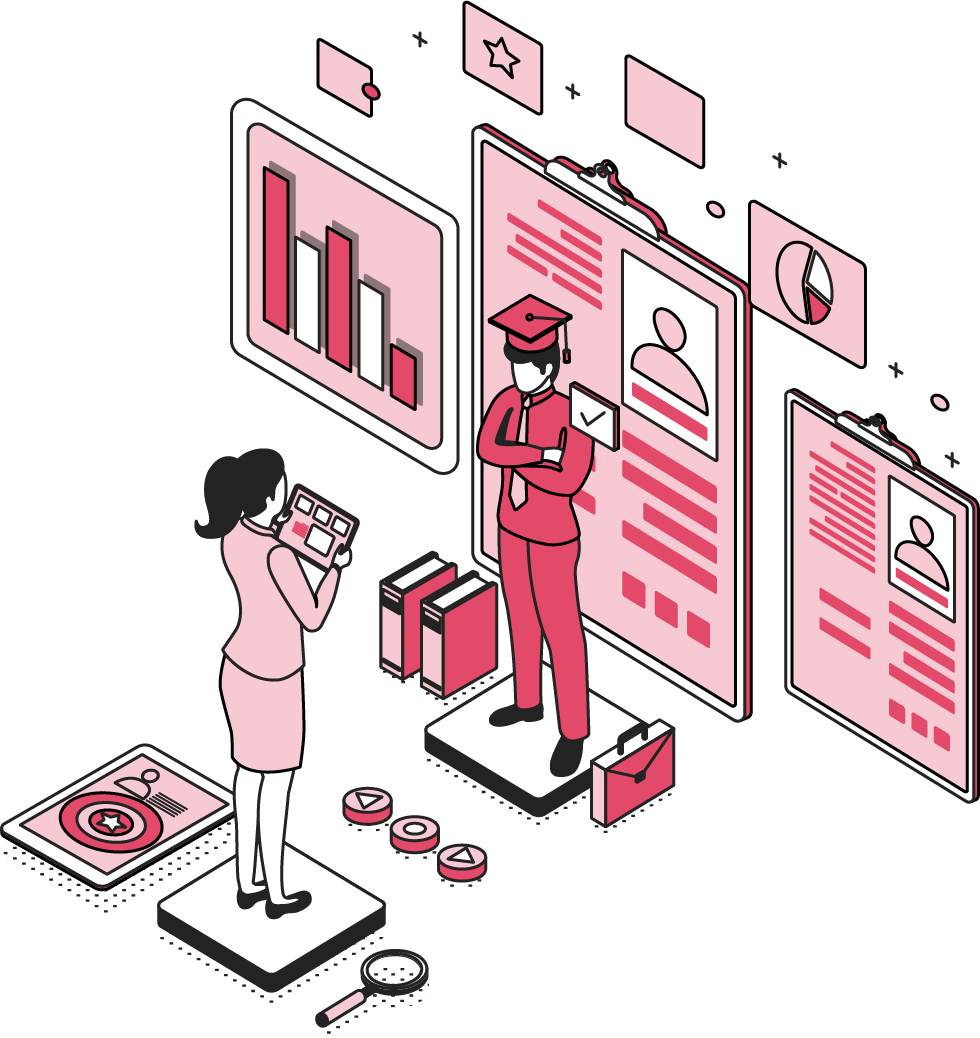Back
Track or Fall Behind: Why In-House Teams Must Leverage Legal KPIs
3 min • 26 Mar 25

The Underappreciation of In-House Legal Teams
Most in-house legal teams face a common challenge - despite their immense contributions to the business, their value often goes unrecognised. Why? Because many legal teams miss out on leveraging legal KPIs to quantify their impact and justify their resource needs.
If you think this doesn’t apply to your team, ask yourself:
◼️ Where are the resources your team needs?
◼️ Why don’t you have the headcount necessary to operate effectively?
◼️ Why are team members leaving your team?
◼️ Why is the internal business treating legal as just another support function?
If you find yourself grappling with these issues, the hard truth is that what you’ve been doing is not resonating with the business. Legal teams must learn to speak the language of business - data.
No Data, No Recognition
In-house legal teams can no longer rely on persuasive arguments alone. Businesses operate on hard data - data that demonstrates the basis of decisions, tracks performance, identifies trends, informs strategic direction, and evidences outcomes.
If legal teams fail to track their impact using objective data, they risk falling further behind in gaining recognition and securing the resources they need.
The time has come to start tracking and measuring legal performance in a way that proves value to the business.
In this blog, we will outline the essential Key Performance Indicators (KPIs) that legal teams should be tracking, particularly within the contracting function, to provide data-based insights into performance.
Essential KPIs for In-House Legal Teams Managing Contracting
◼️ Contracts Under Management: The number of live contracts and contracts under negotiation.
◼️ Contract Closure Time: The time from receipt of instruction to execution of the agreement.
◼️ Number of Disputes: Percentage of total contracts under management that result in disputes.
◼️ Contracts Handled Per Legal Team Member: A measure of workload distribution and efficiency.
◼️ Commercial Value Seepage: Instances where contract mismanagement leads to financial loss (e.g., late payment penalties, missed milestones).
◼️ Instructions Received by the Legal Team: A reflection of demand and resource allocation needs.
◼️ Number of Meetings Attended: Physical or virtual meetings that legal is involved in to support business operations.
These Legal KPIs offer deep insights into a legal team’s effort, contribution, and business-enabling capacity. But more than that, they provide hard, quantifiable data that can shape conversations with leadership and influence decision-making.
Why These Legal KPIs Matter
Tracking these metrics offers invaluable insights, including:
◼️ Legal department workload articulation
◼️ Team member productivity and resourcing needs
◼️ Speed of deal enablement
◼️ Business engagement with legal
◼️ Strength of contracting infrastructure (templates, policies, governance)
◼️ Financial cost of poor contract management
◼️ Impact of legal support (or lack thereof) on the business
◼️ Identification of major internal client users and high-risk areas
◼️ Historical trend analysis to drive better resourcing and budgeting decisions
Legal Teams Must Adapt or Fall Behind
No matter how skilled and experienced an in-house legal team may be, chronic under-resourcing and lack of appreciation will persist unless their contributions are clearly understood by the business.
Doctors don’t expect patients to understand medical diagnostics - that’s why they present data-backed assessments. Legal teams must do the same.
How GLS Can Help
Implementing a structured Legal KPI tracking system can revolutionise the way legal teams operate. GLS offers tailored KPI programs that can be implemented for as little as $10,000 USD, equipping legal teams with the tools needed to:
◼️ Select the right Legal KPIs
◼️ Set up effective tracking mechanisms
◼️ Convert data insights into actionable business intelligence
If you’re ready to ensure your legal team’s value is recognised, resourced, and respected, get in touch with GLS today. The future of in-house legal teams is data-driven - don’t let your team get left behind.
Ready To Transform Your Legal Team?
Please check out the GLS solutions and know-how resources listed on the right side of this page – they might assist your legal team with the issues explored in this Blog.
© The GLS Group - Law Rewritten
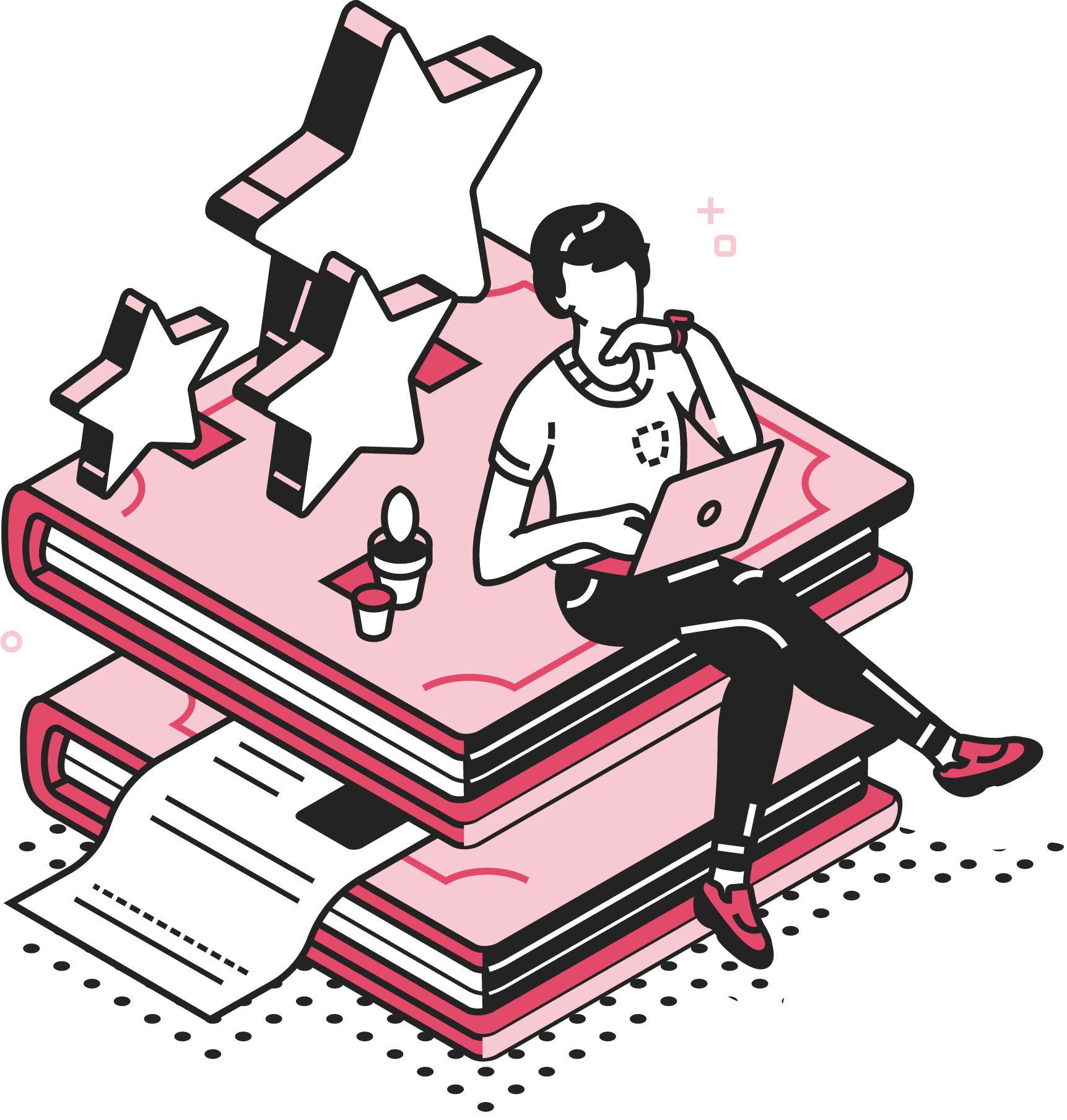
The GLS Legal Operations Centre
Register to access your complimentary Day 1 Resource Stack packed with legal team performance resources
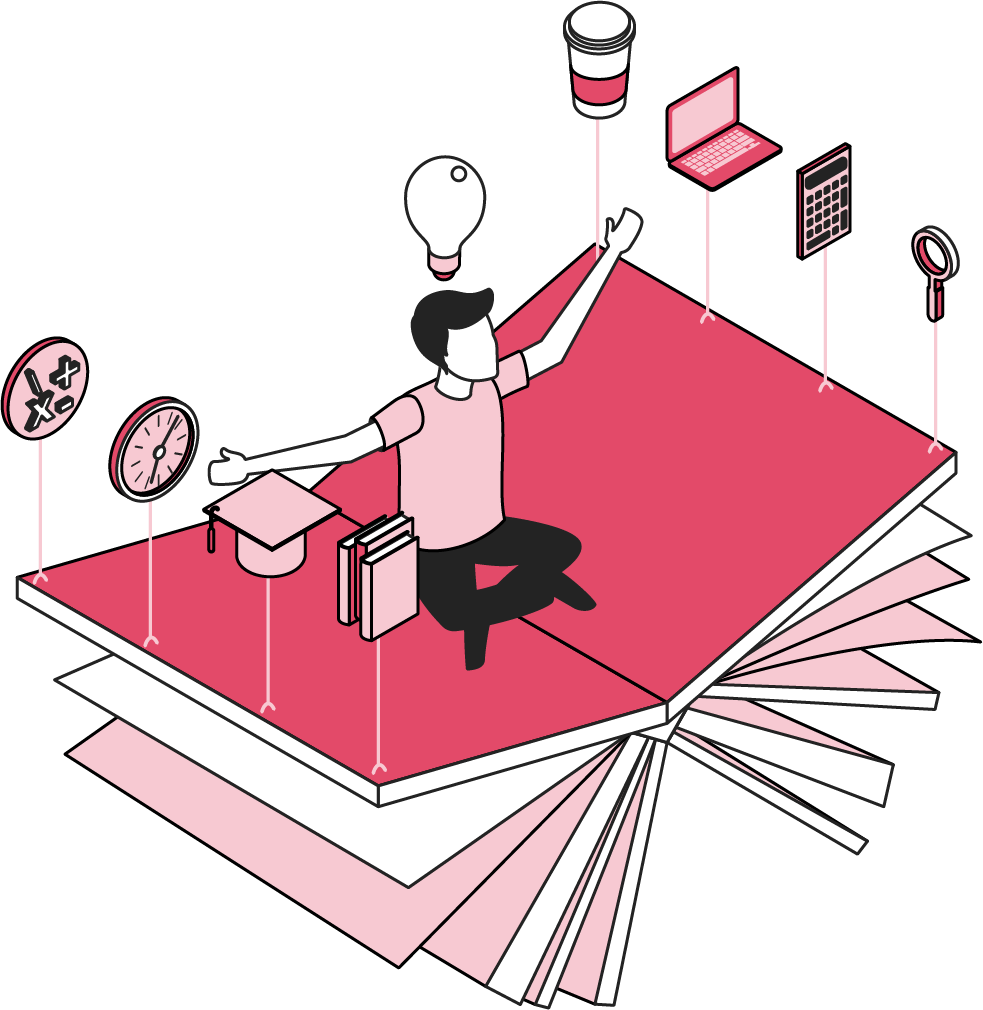
GLS Ultimate Guide To Legal Operations
Download this and read it thoroughly and regularly. It is a wonderful transformation companion.
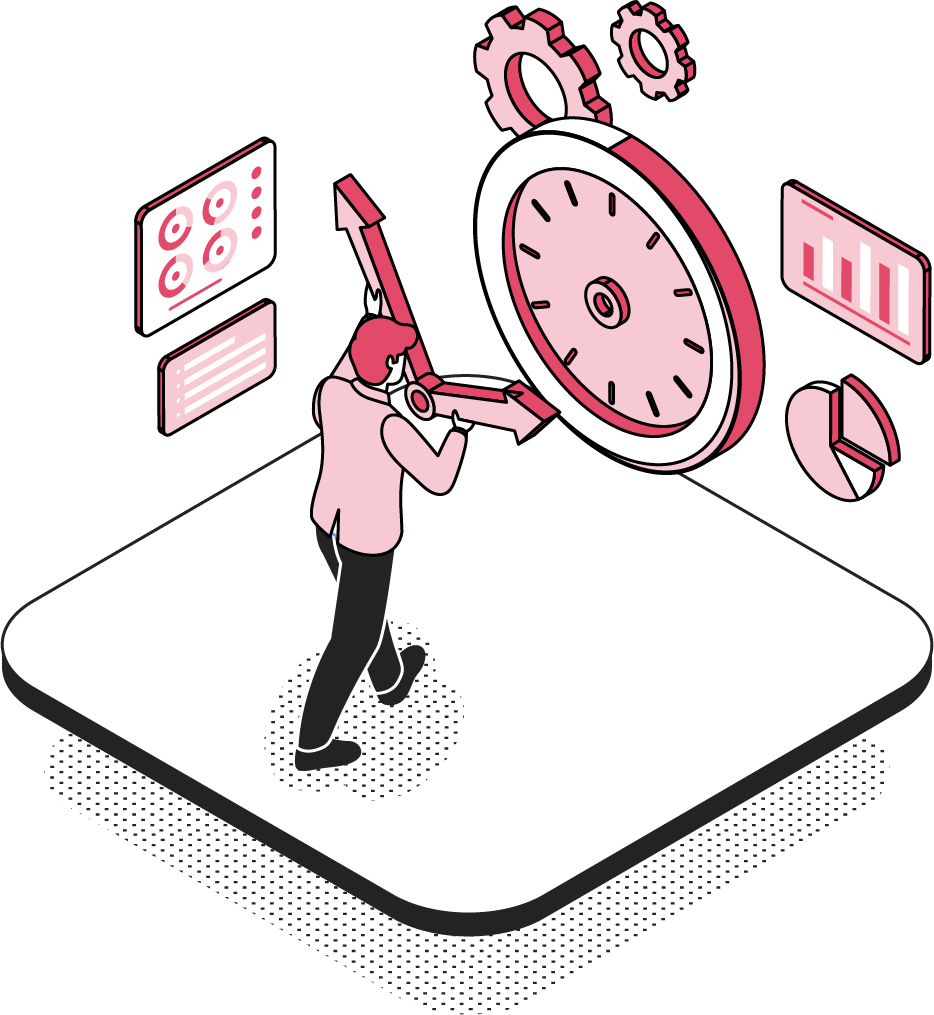
Book A No-Obligation Consultation
If you would like discuss your legal transformation needs, please book a 30 minute free consultation with us.
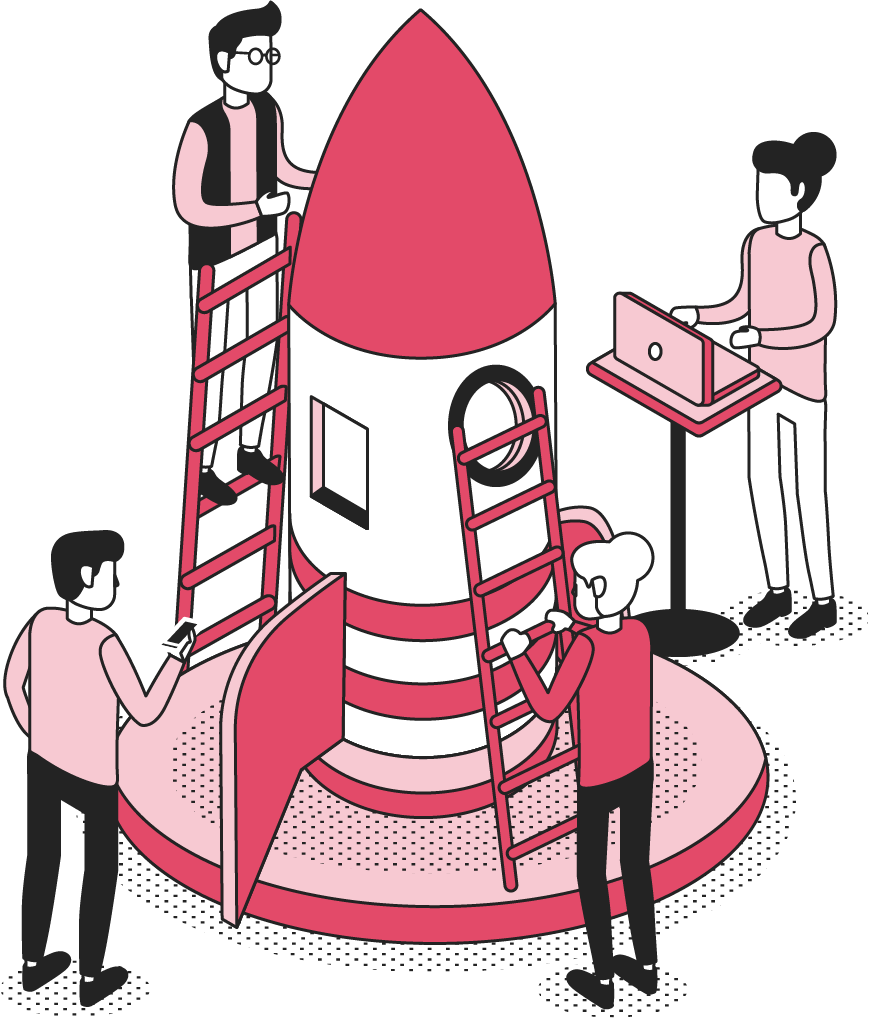
GLS Legal Transformation Boot Camp
Our hugely successful, 10-week long, email-based boot camp on how to effectively transform your legal team.
